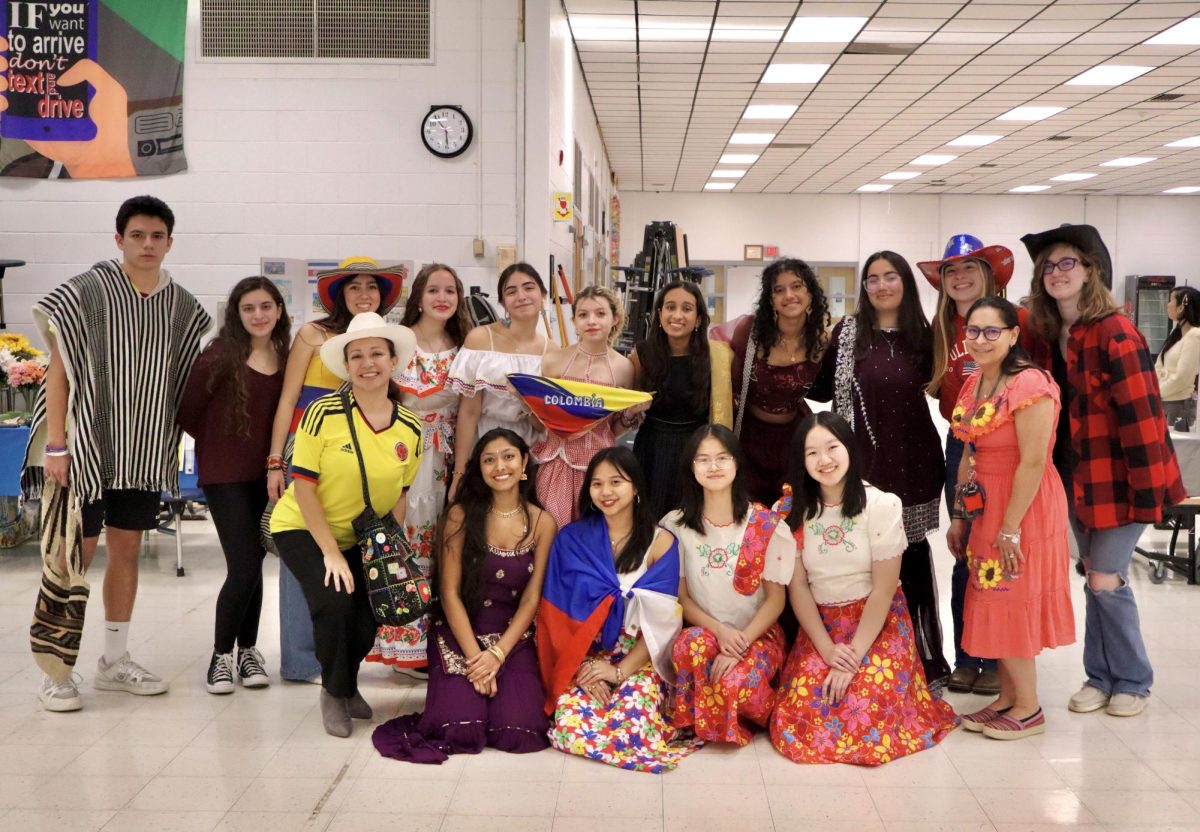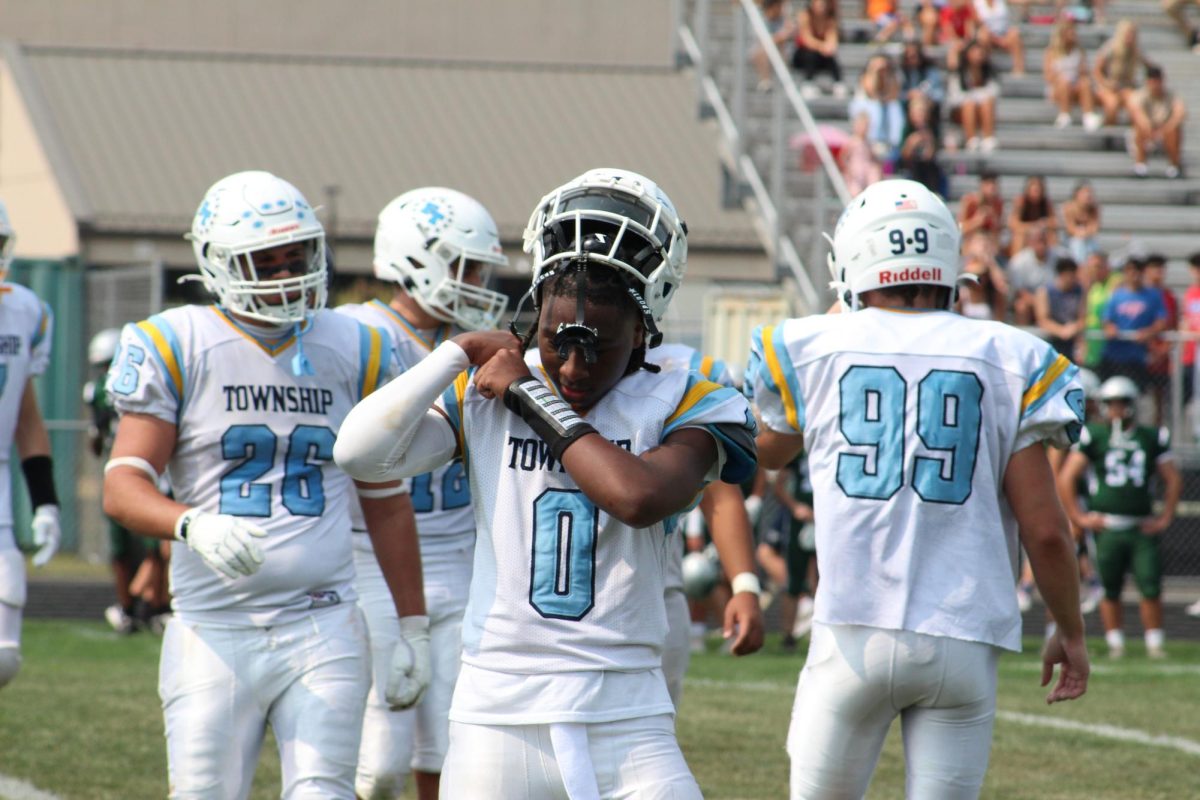Reed Books: The Da Vinci Code
May 28, 2020
The Da Vinci Code by Dan Brown is a fascinating example of not only narrative pacing, but how to successfully write female characters and develop feminist themes.
 On surface level, the novel is thrilling, following a plethora of religious and sexual themes mixed in with real-life phenomena. A Harvard professor named Langdon and a cryptologist named Sophie are dragged into a wild goose chase after a museum curator is brutally murdered. The further they investigate the mystery, the deeper it becomes, connecting back to Sophie’s own family and famous Da Vinci paintings. When I first began the book, I was afraid for the fate of Sophie’s character. Often, female characters written by men end up being Mary Sues, manic-pixie dream girls, or some oversexualized villain who ends up dead for the author’s own therapeutic revenge. Fortunately, Brown allows Sophie to be just as developed as the male characters, and arguably the most important to the plot.
On surface level, the novel is thrilling, following a plethora of religious and sexual themes mixed in with real-life phenomena. A Harvard professor named Langdon and a cryptologist named Sophie are dragged into a wild goose chase after a museum curator is brutally murdered. The further they investigate the mystery, the deeper it becomes, connecting back to Sophie’s own family and famous Da Vinci paintings. When I first began the book, I was afraid for the fate of Sophie’s character. Often, female characters written by men end up being Mary Sues, manic-pixie dream girls, or some oversexualized villain who ends up dead for the author’s own therapeutic revenge. Fortunately, Brown allows Sophie to be just as developed as the male characters, and arguably the most important to the plot.
Similarly, the role of women in the Catholic Church is not ignored in this novel; in fact, it’s the keystone that brings the book together. Brown discusses the long-held sexism in this religion with grace. For example, Langdon realizes that Da Vinci (possibly) painted the Mona Lisa as a man on the right side and a woman on the left. This association of directions and sexes is one of the reasons left-handed people were persecuted in the Catholic Church – because it was more associated with femininity, left-handed people were assumed to be witches. This is an example of Brown using a real-world phenomenon in the novel, but it doesn’t come across as a way to show off his knowledge.
Overall, The Da Vinci Code is proof that strong female characters do not have to
exclusively be written by female authors, and that religious and sexual themes mixed with a strong narrative pacing can successfully compensate for a slight lack of more technical writing skills, like emotional connection and character distinctions.














































